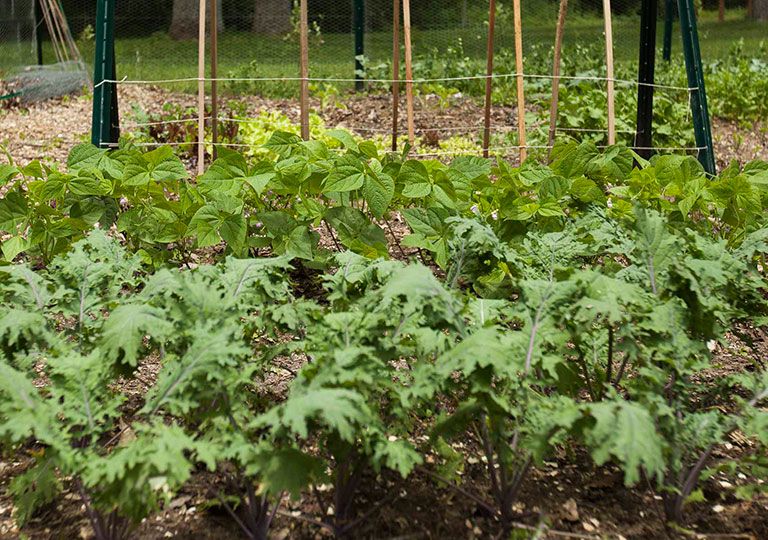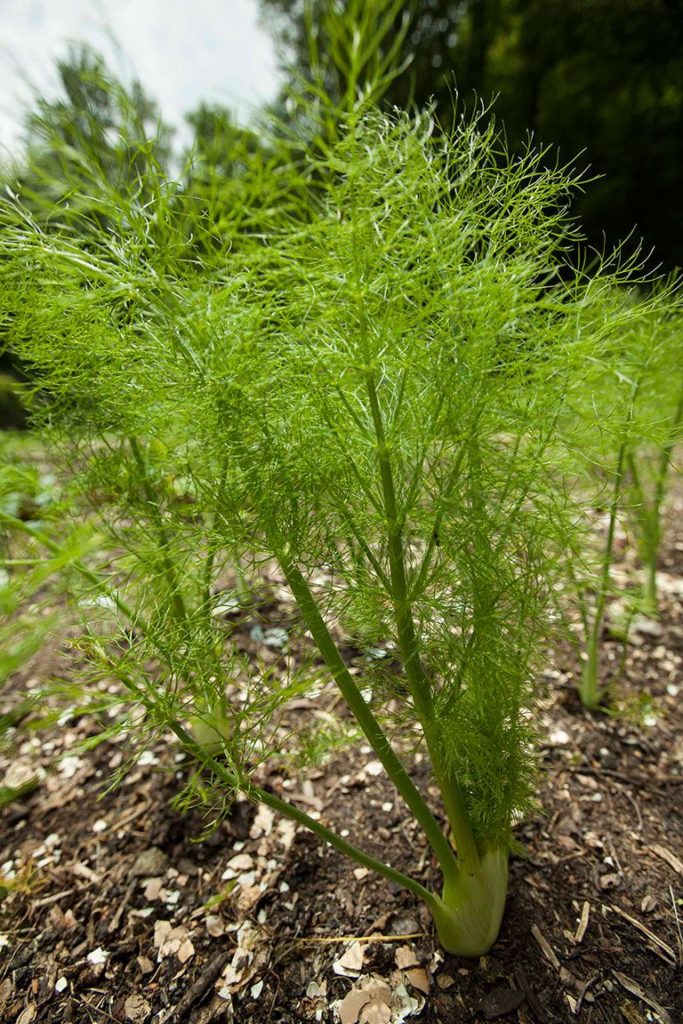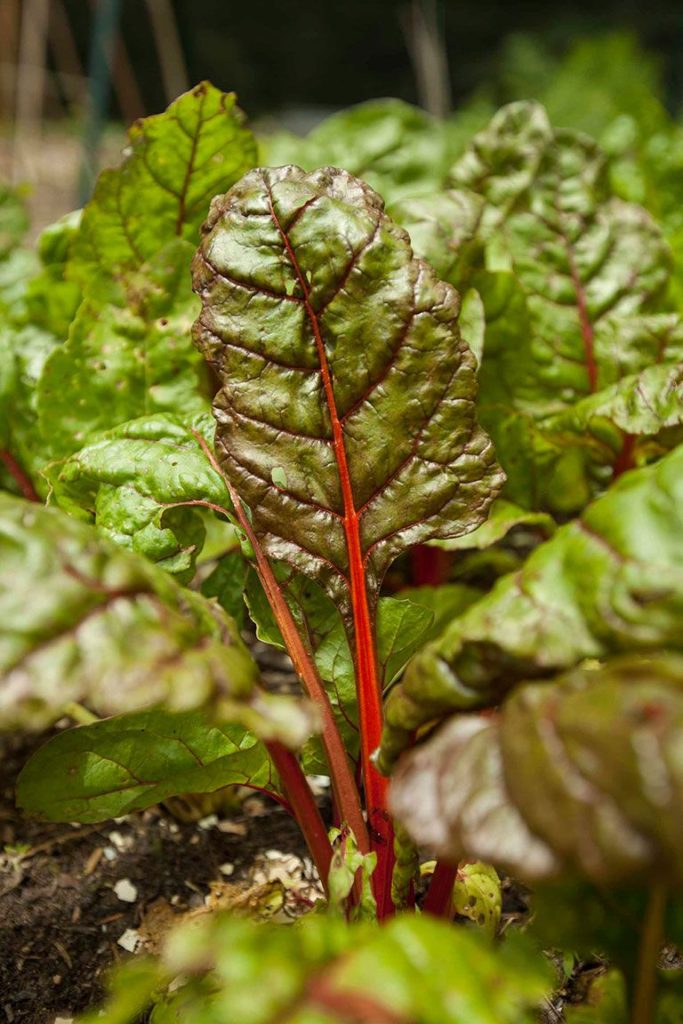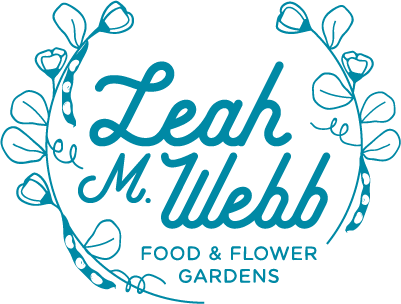
Toxic Organic Gardening
Many of us are falsely under the impression that organically grown food is a healthier choice, but there’s such a thing as toxic organic gardening. I want to be clear in that I’m a proponent of buying (and growing!) organic foods, but we need to understand a bit more about how those foods are grown rather than blindly believe that all organic farms are implementing equally sound practices. Many consumers operate under the belief that organically grown food is free of pesticides, making it a healthier, less harmful option compared to its conventionally grown counterpart. In some instances, this assumption is perfectly accurate, yet this simply isn’t the case in all organic farms who, by law, are allowed to use organic-approved pesticides. And the unfortunate truth is that these organic pesticides aren’t always the less harmful choice.
Pesticides approved for organic use are most often derived from a natural source such as a plant extract, bacteria, simple mineral, or other naturally occurring chemical. However, some of the pesticides approved for organic use such a bleach or hydrogen peroxide aren’t naturally occurring, rather they’re considered to have low toxicity. One might assume that because a chemical is naturally derived that it is also non-toxic. Let’s explore this belief further by considering why you’d spray a pesticide in the first place. You’re growing your gorgeous veggies and suddenly you have some type of biological problem that needs to be controlled whether that be a weed, insect, fungus, or bacteria. Roll out the organic pesticide and you can selectively kill whatever ails your garden. The key word being “kill”. Some of the most harmful substances in the world such as amatoxins, chemicals derived from the poisonous mushroom genus Amanita are all natural. Snake bites? Natural. E. coli? Natural. Natural doesn’t equate to harmless.
TOXIC ORGANIC GARDENING
Some of the more harmful pesticides being used on organic crops include pyrethrins and rotenone. There are others, of course, but I’m trying to keep it simple and only note some of the more popular pest control methods. Pyrethrins are derived from chrysanthemums, a flower in the aster family, and have the unique quality of being a broad-spectrum insecticide. Many organic pesticides have an effect on just a few select insects, but pyrethrins have a quick-acting, deadly effect on many organisms, thus termed “broad-spectrum”. Pyrethrins are considered to be extremely toxic to aquatic environments and also to bees. As many of us are well aware, protecting our bee populations has become a top priority for safe agricultural management practices. Pyrethrins are less toxic to humans, but poisonings have occurred in young children who lack properly developed detoxification mechanisms.
Rotenone is another broad-spectrum insecticide that has questionable use when it comes to organic gardening. Rotenone is potentially carcinogenic, mutagenic, and teratogenic (disrupts fetal development), and has additional possible effects such as reproductive complications and organ toxicity. The word “possible” implies that animal studies indicate toxicity, yet studies on humans (for obvious ethical reasons) are nonexistent. Rotenone is also toxic to wild fowl, fish, aquatic invertebrates, and bees. And this is a pesticide approved for application on organic farms? Do you see what I mean by “toxic” organic gardening?
BECOME INFORMED

When implementing your own organic gardening practices, it becomes clear that you need to develop an understanding of the products that you’re using and the pests that you’re trying to eliminate. For example, I’ve had a terrible infestation of cucumber beetles this year and I’ve had an extremely hard time establishing cucumbers, zucchinis, and melons. Cucurbits are among the easiest plants to grow, which makes my inability to start these plants from seed even more humiliating. I successfully started every plant in my garden from seed including uncommon starts like onions, leeks, and celery, yet I can’t grow a damn zucchini to save my life! I sprayed an organic pesticide called spinosad to rid myself of the wretched beetles, but the infestation merely took a break. I inquired with a local organic farm and learned that I needed to spray spinosad every three days to account for the short half-life of spinosad and the beetle egg hatchings.
The question then becomes, do I really want to spray spinosad every three days? Not really. Spinosad is one of the less toxic organic pesticides, but it still poses a risk to some beneficial insects including bees. However, I also don’t want a summer garden without fresh cucumbers, zucchinis, and melons.
I’ve had to learn quite a bit about pest management now that I live in Transylvania County, one of the wettest counties in the southeast. We’re blessed with a particularly long growing season, which also means that bugs are blessed with the opportunity to complete their lifecycle with more vigor than in places like the northeast where freezing temps bring reproduction to a halt. I’m slowly learning more about the use of physical barriers to prevent bug infestations, trap crops to lure bugs into “traps”, and mechanical bug removal (i.e. bug identification and squishing or drowning). So while yes, I’m having to spray on occasion, I’m working to eliminate my reliance on organic pesticides overtime.
In the case of the striped and spotted cucumber beetles, I’ve learned that starting cucurbits from seed in flats eliminates the problem entirely. Cucumbers, squash, and melons are started in pots on my back porch where they’re allowed to grow large enough to easily establish themselves in the garden, even with some beetle munching. Placing plants in the garden has a much higher success rate (nearly 100%) compared with direct seeding. The key is to allow the plants to mature to a size that can withstand some munching.The beetles are still there, but the plants suffer very little damage and it’s never enough to notice a reduced yield. I use this same technique for plants that are susceptible to flea beetles such as bok choy, tomatillos, tomatoes, and ground cherries, to name a few.
BUYING ORGANIC VS. BUYING LOCAL

I’m also learning that buying organic doesn’t necessarily mean that you’re buying a superior product. The best way to know is by visiting your local farmers market and getting to know the farmers who grow your food. I’m a frequent brain picker of the farmers from Pitch Pine Organic Farms and I know enough about their practices to know that they’re legit. These guys are implementing numerous preventative techniques such as row cover, crop rotation, and other harmless (and actually, helpful) practices to manage a healthy insect population. I can’t even imagine the work that goes into these preventative measures, but farmers like this are doing us all a great service.
You might also learn that many of the farms that aren’t organic certified are still implementing environmentally sound practices. At times, it can be better to eat a crop that was sprayed once with a less toxic conventional pesticide rather than a crop that was sprayed five times with a highly toxic organic pesticide. Regardless, buying local foods and talking with your farmers is the best way to ensure you’re purchasing a product that is not only the most beneficial for your health, but for the environment as well.
THE HOME GARDENER
For many of us, we’ve taken the practice of healthy food one step further to start our own backyard gardens. If this is you, I highly recommend that you start learning to identify your pests, know your organic pesticides, and start learning the art of pest control without the use of toxic substances. I should also caution you that there’s a lot of mixed information on the web when it comes to organic pesticides. I try to stick with sources from agricultural schools with sustainable agriculture programs like University of Vermont, Cornell, etc. You can also find some great information from the National Center for Appropriate Technology, Sustainable Agriculture Research and Education Program (SARE), and even from the USDA. I believe you’ll start to see how we can all aim to eliminate our use of chemicals, organic or not, altogether if we’re open to new practices and willing to invest a bit of work.
REFERENCES
- http://www.xerces.org/wp-content/uploads/2009/12/xerces-organic-approved-pesticides-factsheet.pdf
- http://pmep.cce.cornell.edu/profiles/extoxnet/pyrethrins-ziram/pyrethrins-ext.html
- http://pmep.cce.cornell.edu/profiles/extoxnet/pyrethrins-ziram/rotenone-ext.html
- https://www.ncbi.nlm.nih.gov/pubmed/15366583

Do you have a technique to outwit squash borer. I haven’t been able to save my zucchini or summer squash and the problem has become worse each year. I presume because more and more of them overwinter in my soil.
Have you tried planting starts rather than direct sowing?
I have had great success with combatting pests in my garden by spreading out my veggies, I don’t plant the same plant side by side, I spread it out so if there is a pest, it doesn’t find all of that plant. I also plant plenty of marigolds in between my veggies – they deter many pests. I do companion planting and I also have lots of native medicinal pollinator plants spread out to attract beneficial insects which will help combat any pests. I haven’t had a problem yet. I don’t till, I use my own homemade compost and I’m learning how to make natural soil amendments to take this up a notch. Borage is a nitrogen fixer and attracts beneficial insects, I have it spread out all over the yard and love watching the bees on it. It’s also delicious on salads and the oil is amazing for skin.